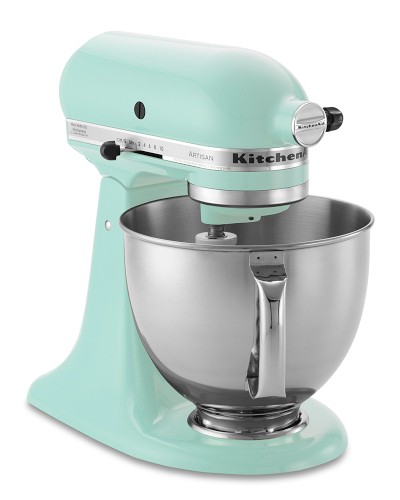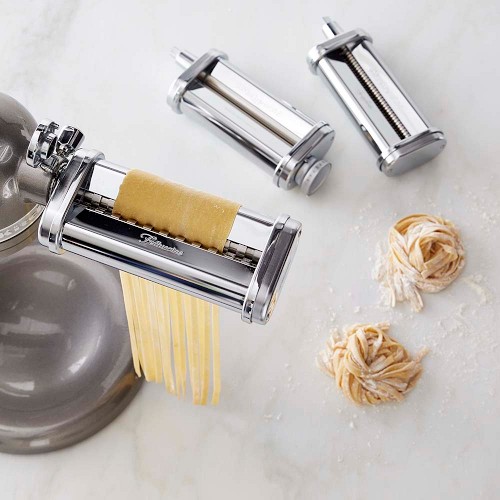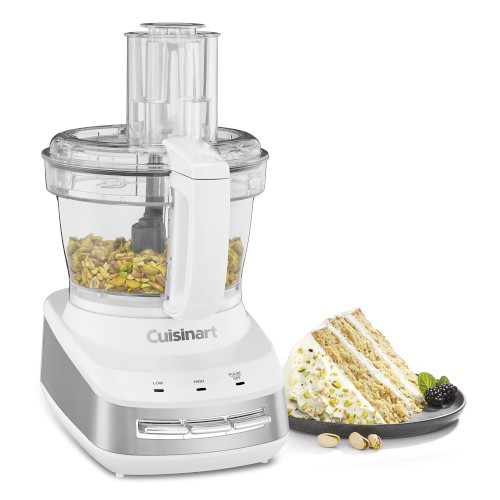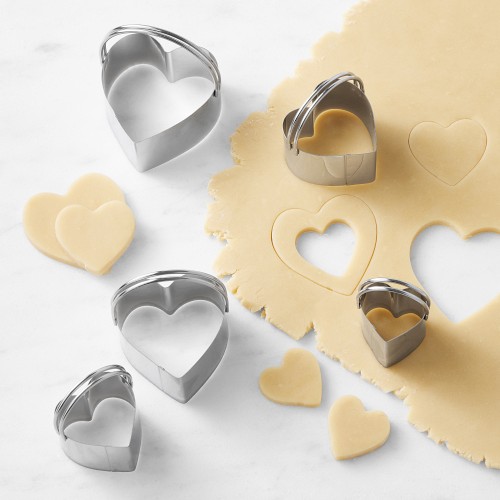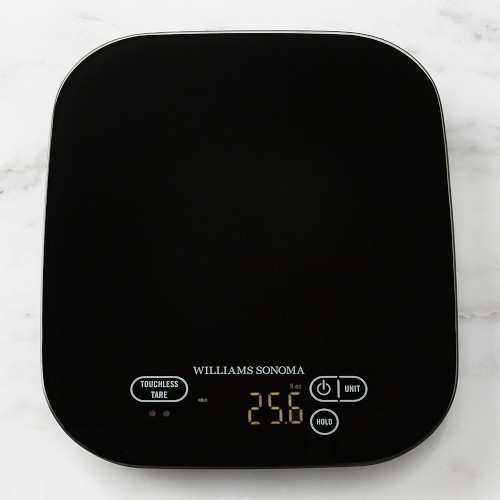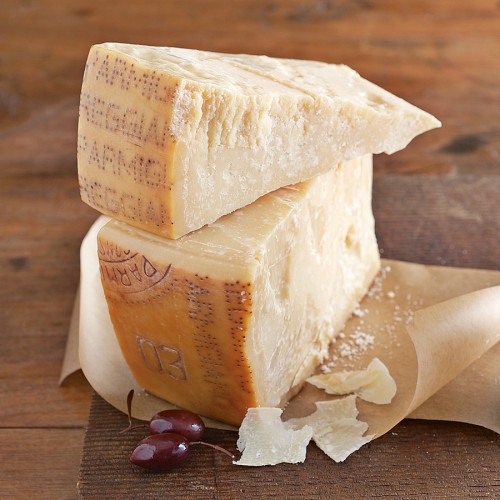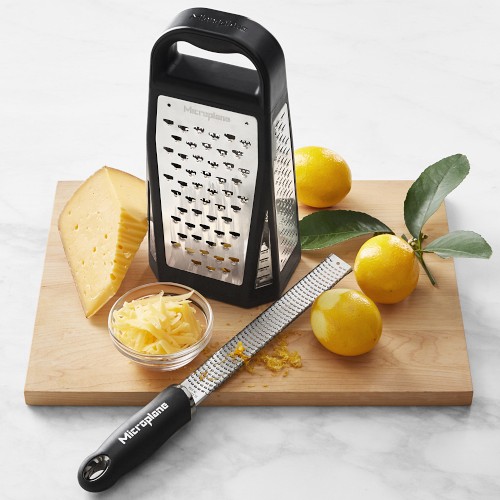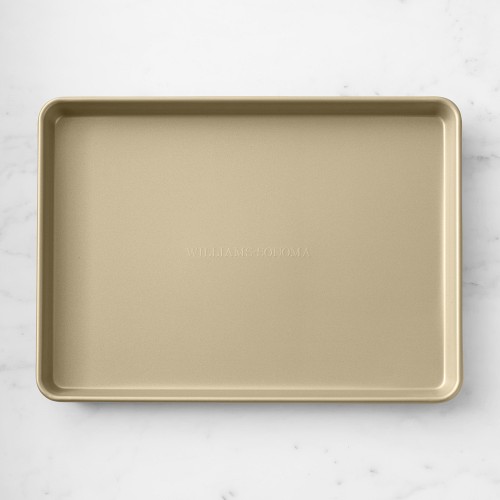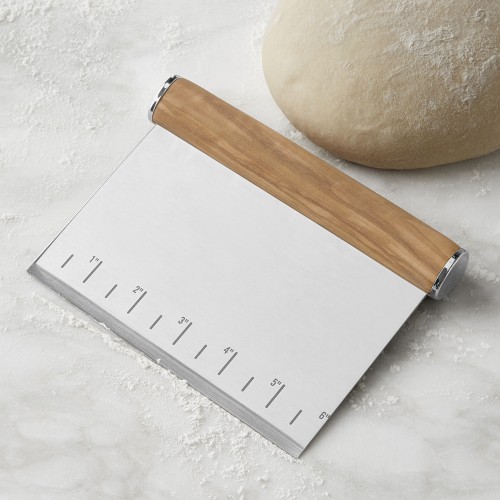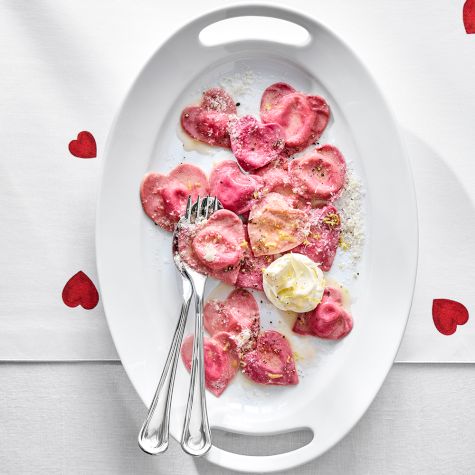
Heart-Beet Ravioli
Valentine’s Day isn’t just about the sweets. Begin your celebration on a savory note and surprise your loved one with our clever ravioli. Shaped like hearts and tinted red from pureed beets, these fun and festive “heart-beet” ravioli will make a memorable meal for your sweetie. Don’t be deterred by the length of this recipe. You can assemble the ravioli a day in advance, then cover and refrigerate until ready to cook.
Ingredients:
For the pasta dough:
- 1 medium red beet (about 3 oz./90 g)
- 2 tsp. extra-virgin olive oil
- 3 whole eggs plus 1 egg yolk
- 1 tsp. kosher salt
- 3 cups (12 1/2 oz./390 g) 00 flour, plus more for dusting
- Semolina flour for dusting
For the filling:
- 1 1/2 cups (12 oz./375 g) whole-milk ricotta cheese
- 2/3 cup (2 3/4 oz./85 g) grated Parmesan cheese, plus more for serving
- 1/4 cup (2 oz./60 g) mascarpone cheese, at room temperature, plus more for serving
- 1 tsp. grated lemon zest
- Kosher salt and freshly ground pepper
For the lemon butter sauce:
- 20 Tbs. (2 1/2 sticks) (10 oz./315 g) unsalted butter, cut into 20 pieces
- Zest and juice of 1 large lemon
- Kosher salt
Directions:
To make the pasta dough, preheat an oven to 400°F (200°C).
Coat the beet with 1 tsp. of the olive oil and prick it all over with a fork. Wrap tightly in a piece of aluminum foil and place in the oven (either on a baking sheet or directly on the rack). Roast until the beet is very fork-tender, about 45 minutes.
Let the beet cool for about 10 minutes, then open the foil and carefully peel the beet; the skin should slip right off. Let the beet cool to room temperature; to cool it more quickly, chop into chunks. The beet can be roasted up to 3 days in advance; cover and refrigerate until ready to use.
In a food processor, process the beet just until smooth, about 30 seconds. Set a liquid measuring cup on a tared scale (after setting the cup on the scale, hit the “zero” button). Add the whole eggs and egg yolk, the remaining 1 tsp. olive oil and the salt. The combined weight should equal 197 g (this will vary based on the size of the eggs, as all eggs are different). If the weight is more than 197 g, remove some of the liquid to achieve that weight. If the weight is less, add water until the weight reaches 197 g.
Add the egg mixture to the processor with the beet and puree until smooth (a few small pieces are okay), about 30 seconds, stopping the processor to scrape down the sides of the bowl as needed.
Place the 00 flour in a mound on a clean work surface. Make a well in the center large enough to hold the beet mixture. Have a bench scraper handy. Pour the beet mixture into the well and, using a fork and a light touch, start stirring the beet mixture, slowly incorporating the flour until it has been mostly absorbed. This will be a messy process, so use your hands and the bench scraper to continue pulling any loose flour or beet mixture into the dough, creating a single mass.
Once the dough begins to form, continue to bring it together with your hands and knead into a smooth dough, 5 to 7 minutes. If the dough is too dry, add a splash or two of water. After kneading for about 7 minutes, the dough should be a cohesive vibrant pink color and very smooth and elastic.
Cover the dough tightly with plastic wrap and let rest for 30 minutes to 1 hour at room temperature or in the refrigerator overnight.
Meanwhile, make the filling: In a bowl, whisk together the ricotta, Parmesan, mascarpone, lemon zest, 1/2 tsp. salt and 10 grindings of pepper. Transfer to a pastry bag without a tip and set aside while you roll out the pasta dough.
To roll out the dough, attach the pasta roller to a stand mixer according to the manufacturer’s instructions. Cut the dough into 4 equal pieces and generously dust on all sides with 00 flour. Working with 1 piece of dough at a time, and keeping the other pieces covered with a kitchen towel, gently flatten and roll the dough with a rolling pin into a rectangle thin enough to fit through the pasta roller on the widest setting, which is about 1/4 inch (6 mm). Generously dust the dough again with 00 flour.
With the pasta roller set to the widest setting and the mixer speed on low, roll the dough through twice. Place the dough on your work surface and fold it into thirds. Roll it twice again through the roller on the widest setting. Then adjust the roller to the second-widest setting and roll again. Repeat the process, setting the pasta roller one notch narrower each time and dusting the dough with more 00 flour until you can just see the imprint of your hand through the dough, about setting 4.
Lightly dust a clean work surface with semolina flour and lay the rolled-out pasta sheet on top, with a long side facing you. Cut the sheet in half horizontally so you have two long, equal-size pieces. Snip the tip off the pastry bag and pipe about 2 tsp. of the filling, about 1 1/2 inches (4 cm) apart, all along one sheet of pasta, then cover with the other pasta sheet. Using your fingers, gently press the dough around the filling to seal it.
Lightly dust a baking sheet with semolina flour. Using a 2- to 2 1/2-inch (5- to 6-cm) heart-shaped cookie cutter, cut out the ravioli. Transfer to the prepared baking sheet and cover with a kitchen towel.
Gather up the dough scraps and knead the dough again into a single mass. Repeat the rolling process to create another pasta sheet, then cut out more ravioli as directed above. Repeat the process with the remaining pieces of dough and filling. You will have 55 to 60 ravioli.
After all the ravioli are made, bring a large pot of generously salted water to a boil over high heat.
Meanwhile, prepare the sauce: In a large sauté pan over medium heat, melt the butter. Add the lemon juice and a pinch of salt, swirling the pan to combine. Keep warm over very low heat to prevent the butter from overbrowning, although some color is okay.
Drop the ravioli into the boiling water and cook until they float to the top, about 1 minute. Using a spider, transfer the ravioli directly to the pan with the sauce. You will naturally transfer some pasta water, which will help the sauce to emulsify and cling to the ravioli. Increase the heat to medium and cook, swirling the ravioli to coat with the sauce, for about 1 minute.
Transfer the ravioli to a platter or individual bowls or plates. Top with any remaining sauce from the pan and a small scoop of mascarpone. Sprinkle with Parmesan and the lemon zest and serve immediately. Serves 4 to 6.
Williams Sonoma Test Kitchen













